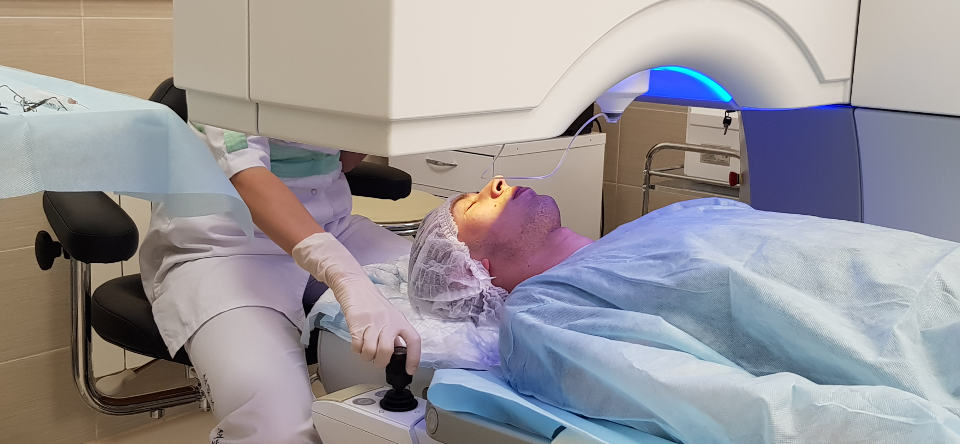Corneal dystrophies are a group of rare diseases that affects the cornea (the clear front part of the eye). If you have corneal dystrophies, you may experience cloudy and blurred vision. Corneal dystrophies usually affect both eyes. It can progress slowly and it may take years until you notice any signs.
One of the treatment options for corneal dystrophies is a procedure called phototherapeutic keratectomy or PTK for short. PTK is one of the latest advances in eye care technology. It is typically done when all other treatments have failed to treat your condition. Since the procedure is not aimed to remove the need to wear glasses or contacts, many people combine it with photorefractive keratectomy (PRK).

If you are considering the procedure to treat your corneal dystrophies, it is one of the best treatments. Why is it the best option for you to treat your problem? Keep reading to find the answers.
Stops recurring corneal problems
Not only does corneal dystrophies causes blurriness and cloudy vision, but it can also cause watery eyes, pain, dry eyes, sensitivity to light, corneal erosions, and the feel of something in your eye. Although PTK does not directly correct your vision, it can treat all of these recurrent corneal problems. After PTK, you no longer have to deal with any pain, which can affect your quality of vision. If you are tired of using glasses or contact lenses, you can also combine the procedure with a PRK.
It lasts longer than other treatments
Most corneal dystrophies are treated with eye drops and ointments, which are not permanent. You have to keep purchasing them. Undergoing a PTK removes the need for eye drops and ointments. Most people achieve a permanent improved vision, while others can maintain their better vision for four to seven years before requiring any further treatments.
Precise procedure
During PTK, your doctor will remove the first layer of your cornea (epithelium) using an alcohol solution. Then, a thin layer of your affected cornea is removed by an excimer laser. The biggest advantage of using an excimer laser is that it can precisely remove or vaporize tissue without affecting the surrounding tissue and the risk of damaging other tissues is very low.

Fast recovery period
You will need to take things easy for a few days after PTK. The recovery period does not take very long, you only need to take several days off work and avoid any strenuous activities. It is normal to feel some discomfort and pain for several days, but your doctor will prescribe some medications to help ease the pain. The medications usually include steroid eye drops, moisturizing eye drops, and antibiotics.
High success rate
Although PTK is still considered as one of the newest eye treatment technologies, it has been around and performed successfully for more than 10 years since the advancement of excimer laser. Research shows that it is an effective treatment option for numerous corneal problems, including corneal dystrophies. The success rate of PTK is very high, with approximately 90% of people who had the procedure achieving better vision. There are several complications that can happen, such as infections, delayed healing of epithelium, reactivation of herpes simplex virus, and corneal opacity and scarring. However, these complications are very rare, especially when the procedure is done by a skilled professional. The key to achieving a successful PTK is to ensure sure your doctor is highly-qualified, experienced, and credible. You also need to ensure the medical center is reputable and accredited. The easiest way you can get all of the information that you will need is to get the help of a medical travel facilitator, such as MyMediTravel. Head to their website right now and get the best deals for PTK at the best medical Hospitals and Clinics!

